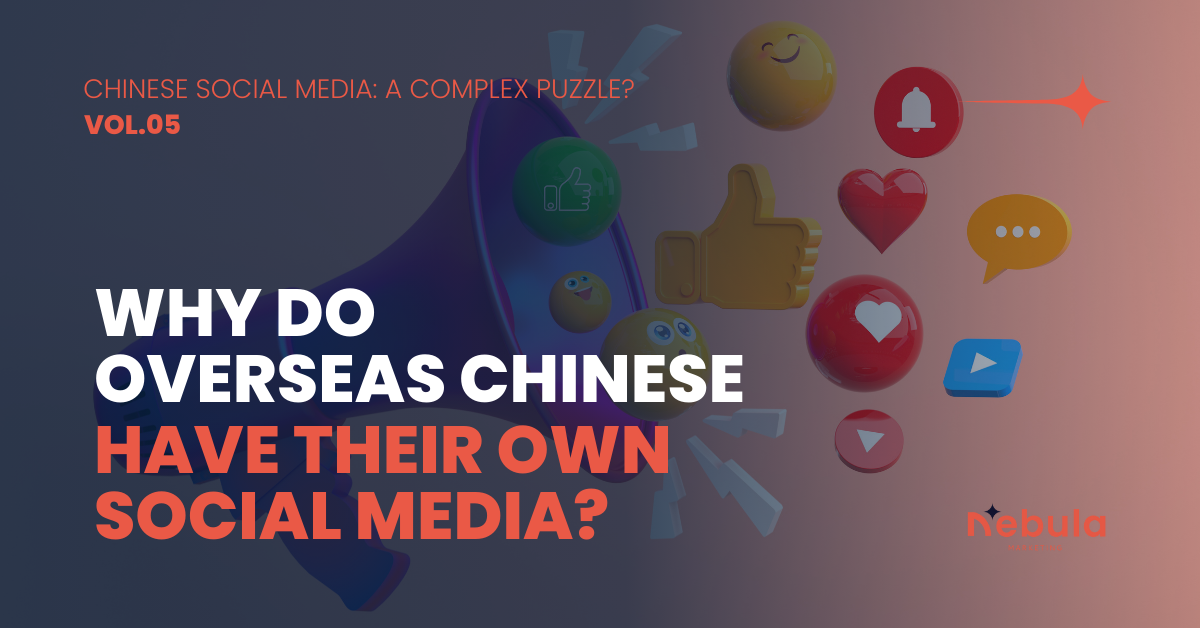
The Chinese community's engagement with its own social media platforms, even when living overseas, is an intriguing outcome of cross-cultural dynamics and technological adaptation. This trend arises from a confluence of various factors, encompassing cultural, linguistic, social, and regulatory aspects.
Influence of Policy and Regulation:
China's strict internet censorship has led to the absence of international social media giants like Facebook, Instagram, and Twitter. This void is filled by domestic platforms such as WeChat, Xiaohongshu, and Weibo, which adhere to Chinese regulations and align with local user preferences. Chinese expatriates continue using these platforms due to their familiarity and convenience. They allow easy communication with family and friends back home while providing updates on domestic events.
Cultural and Linguistic Affinity:
Chinese users prefer platforms that support Mandarin in both the interface and content, enabling seamless communication and cultural expression. Platforms like WeChat and Xiaohongshu provide a fully localized experience that serves as a bridge between the overseas Chinese community and Chinese culture. Unlike Western social media's fragmented structure (where each platform offers specific features), Chinese social media often provides a more integrated experience, as seen with WeChat’s multifaceted features ranging from payments to news and social networking.
Social Networking Needs:
For overseas Chinese, these social media platforms aren't just tools for staying connected with friends and family in China but are also emotional and cultural lifelines that help maintain a sense of belonging. Features like groups and Moments on WeChat enable people to easily share information, activities, and daily life, fostering tight connections to their homeland from afar.
Content Preferences:
The Chinese community's appetite for content focused on Chinese current affairs, entertainment, lifestyle, and education heavily influences their choice of social media platforms. Xiaohongshu, for instance, is filled with posts on food, shopping, and lifestyle tips that meet the demand of overseas Chinese to stay connected with domestic trends and share experiences. Weibo provides timely news and entertainment information, offering a window into current events in China.
This analysis reveals that the unique social media landscape of the Chinese community is shaped not just by their distinctive needs but also by broader global trends of cultural diversity and technological adaptability. The interaction of regulatory influences, cultural and linguistic connections, social networking desires, and content predilections paints a comprehensive picture of their digital engagement in a global context.




